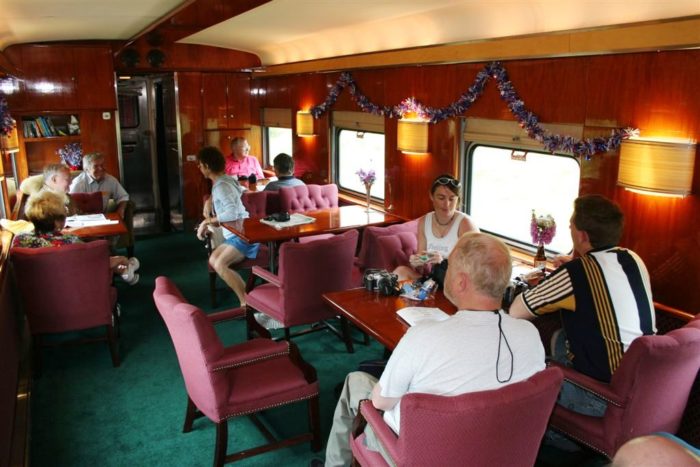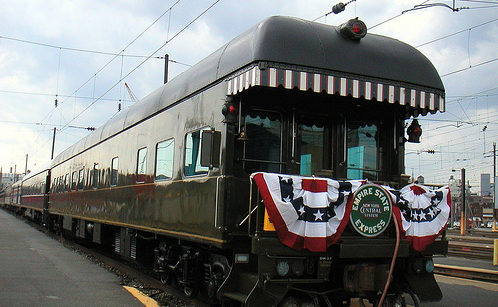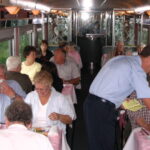A New Amtrak Marketing Strategy: Piss Off Customers.

For years, Amtrak has hauled vintage passenger cars around the country at the rear of regularly scheduled passenger trains. For this service, the owners of the private cars pay about $2.75 per mile, plus additional charges for switching, storage, etc.
Six months or so ago, Amtrak announced tough new restrictions on these private rail cars. The cost-per-mile went up and the handling—coupling and uncoupling from regular Amtrak trains, parking on sidings, storage, and other services—became more difficult to arrange and those costs also went up.
With the stroke of a pen, Amtrak had come up with what seemed to be arbitrary and feeble ways for making life more expensive and considerably more difficult for the owners of these wonderful old cars—a small segment of the market, to be sure, but one that generates something between 4 and 10 million dollars a year in much needed revenue for Amtrak. (Amtrak won’t say what the exact number is, so let’s assume it’s closer to ten than to four.)

Private car owners were still simmering over the restrictions and costs imposed earlier this year when, a couple of days ago, Amtrak put out another memo—this one saying that people riding in these private rail cars would no longer be permitted to be on the viewing platform of the rear car while the train is moving. This has got to drive the owners of these rail cars batty because the cars with the small rear-facing platforms were designed with gates and railings and barriers so that people could safely stand or sit and watch the scenery slide by.
As far as I know, there has never before been a safety issue with open platforms and observation decks on these vintage rail cars. But all of a sudden something that had been safe and acceptable for years has now been deemed unsafe and is forbidden.
Go figure.




Amtrak has a marketing department? That was my reaction when I first glanced at the headline. I have seen a few TV ads over the years but that’s about it. I thought company rules prohibit all advertising, marketing and sales work. It sure seems that way. Anderson is a jerk.
It certainly appears to me that the only remedy for all this is for US Senators to band together and start demanding of Amtrak. Since Amtrak’s illustrious leaders Richard Anderson and Stephen Gardner (along with their puppet loudspeaker Marc Magliari) refuse to address the concerns raised to them by the public (other than canned responses), their stubborness has reached an even greater level. They have recently just said “No!” to the Montana Congressional delegation regarding their requested restoration of station staff at Shelby and Havre. It is also clear that Congressional staff from Ohio, Texas, New Mexico, Colorado, Kansas and perhaps others have faced a defiant wall with Amtrak. The American Association of Private Railroad Car Owners (AAPRCO) has said that Mr. Anderson’s response to them is basically “Go pound sand!”. I think it is high time for the “parent” to control the “child” and for Amtrak senior management to be publicly rebuffed and humiliated.
Maybe someone at Amtrak watched Double Indemnity?
I could have sworn hearing that Amtrak completely stopped accommodating private varnish about six months ago…did they back down a bit, or am I imagining things again…
Last time around, Amtrak added a bunch of contingencies; ie: won’t pick up a PV at a station where the scheduled stop is less than 30 minutes. There were others like that; ie: knit-picky. Generally, the list made it very difficult for PV owners to go where they wanted to go, when they wanted to go there. I can’t recall the specific reason, but among other things, one of the new requirements caused the cancellation of the annual excursion trains through the New River Gorge. That may have been resolved by now. This latest (no one on the observation deck when train is moving) is apparently considered by some PV owners to have been done out of spite.